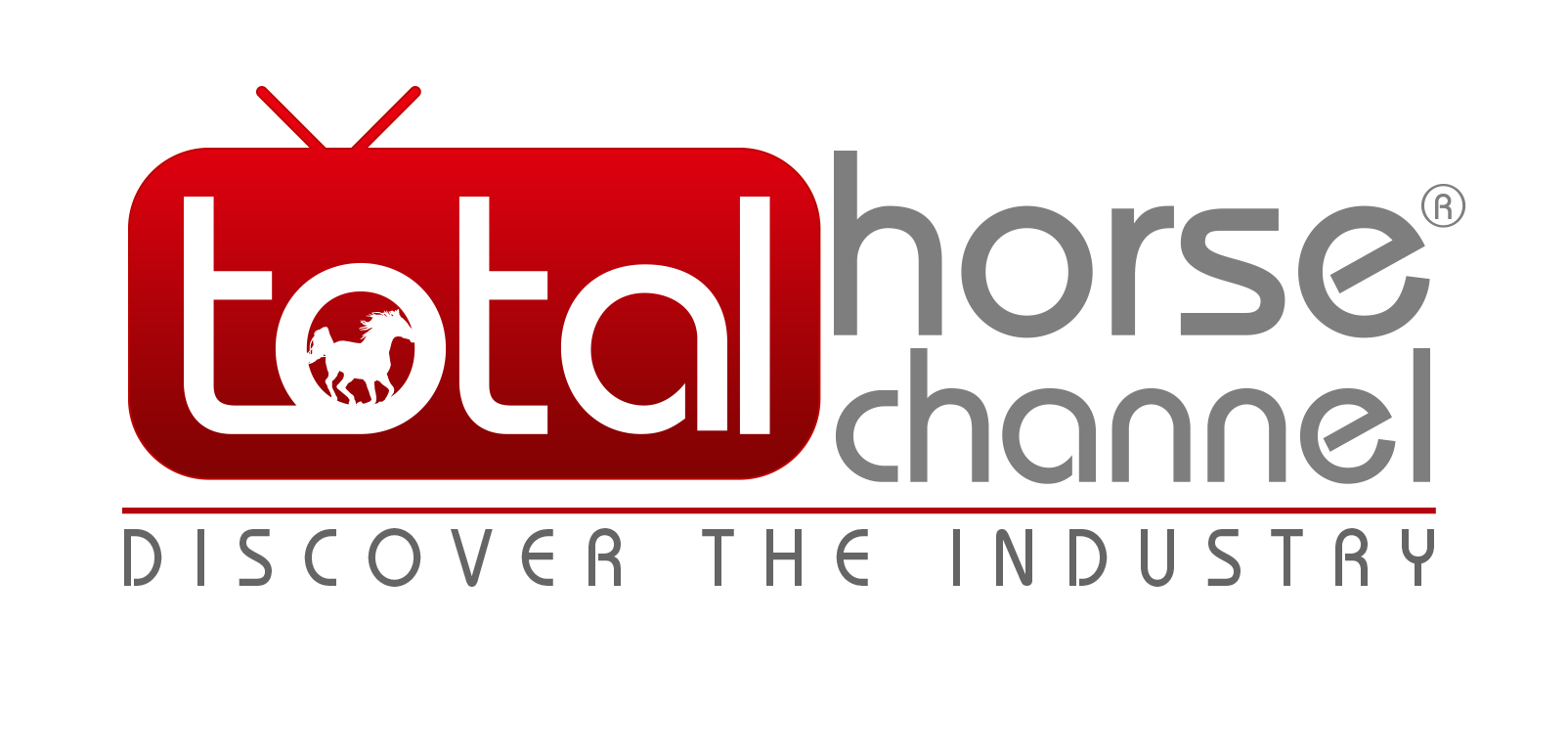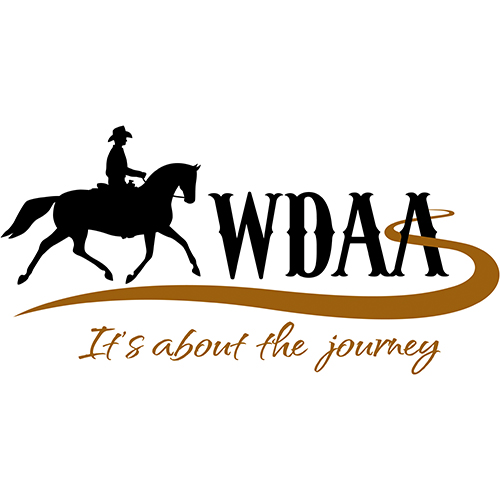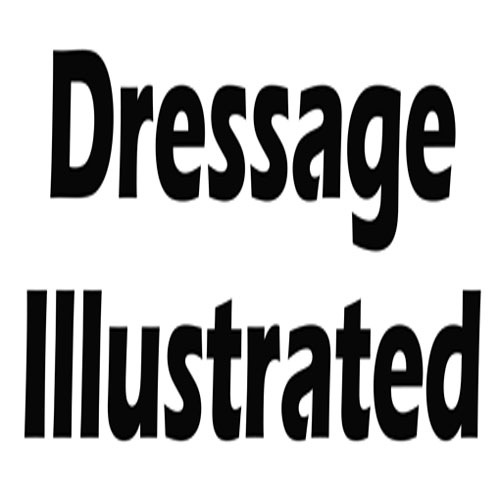So, you are looking to learn about horse racing right? Then look no further because we are going to
discuss everything there is to know about The History of Horse Racing
Whether following in a chariot on the horses’ back, people have been racing with these fine beasts
for as long as humans were able to tame them. There is evidence of ancient Greeks racing with
animals way back in 700 BC.
However, the form of horse racing that we are accustomed to today started in the 1600s when King
James I of England became interested in horse racing. This is where the ‘Sports of Kings’ originated
and this quickly became popular with the highest class within the English. The big races we see today
began in the 1700s where horse breeding and the racing itself became more regulated. Through the
centuries, the sport became even more popular and thanks to TV as well as the Internet, it is one of
the most watched sports in both the United Kingdom and Ireland.
The Types of Horse Racing
In the UK and Ireland, horse racing is divided into two categories: Flat racing and National Hunt
racing. The former is pretty simple; the horses start and run in either round a curved track or in a
straight line and then finish. The winner is the first to reach the designated point. The latter is a bit
complex for the jockeys and horses as it involves various obstacles along the track.
National Hunt racing is further divided into two: steeplechases and hurdles. You will also come
across flat races in this category known as ‘bumbers’, but they are less common. The primary
difference between hurdles and steeplechases is that horses running in the latter jump fences that
are sturdier and higher than the former. Steeplechases ideally usually include water jumps and open
ditches, which add a layer of excitement or danger, depending on whether you’re riding or watching.
Both primary types of horse racing as ideally categorized by the experience and age of the horses as
well as the distance over which they run.
Races Classifications
In both National Hunt and Flat racing, there are a number of classifications that show the prestige,
amount to be paid in prize money as well as the quality of the horses that are going to participate.
Group 1 is the top classification in Flat racing which includes the best horses and the biggest purse
value. Group 2 includes those of lesser importance, following the trend with group 3, listed races
and handicap races.
In the National Hunt race, it includes Grade 1 races which like Flat racing include the best, and then
descending in importance through Grade 2, 3, listed, handicaps and finally bumpers. In this type,
races are ideally given a class, from 1 to 7, but all listed and graded races are in Class 1.
As for the handicaps, the weight of horse that each horse must carry in the race is set by an official
from the Jockey Club. This is to give an ideal spectacle with close as well as exciting races. Simply
put, the better the horse, the more weight it carries.
Betting on Horse Racing
For most folks, the element of betting on horse racing is what excites them or rather a big chunk of
excitement is driven from betting. The tension, build-up and the explosion of jubilation or
disappointment as the horse you placed a bet on is engrained in the experience of today’s horse
racing.
If you are a beginner in this sport, chances are you are a beginner in betting as well. If that is the
case, then you may want to continue with this read as we give you a few tips on how to bet on horse
racing.
First and foremost, you need to dip your legs in the world of odds, which are often displayed as
fractions, at least in the UK system. So, if a horse has odds of 4/1, that simply means that for every
£1 you bet, you will get £4 including your initial stake if your horse wins. This sounds simple, but the
forms of betting do not stop there.
There are each way bets as well. So, if you back a horse each way, then you’re technically placing
two bets; one for it to win and the other for it to ‘place’. Depending on the field’s size, the horse can
finish second, third, fourth or even fifth (usually when bookmarkers have special offers on big races).
The place bet is paid as a proportion of the primary odds, usually a quarter. Of course, an each way
bet will cost you twice the stake of a win, and that is because you have two chances to win. As
expected, if your horse wins the race, then you are compensated for both the win as well as the
place bets.
There are numerous other types of horse betting including predicting the correct order of the first
two, three, etc horse to finish the race, multiple bets from varying races and even Totepool bets. As
such, it is crucial that you understand the type of bet you’re placing before you place it.
Choosing a Winner at Horse Racing
This is, of course, easier said than done. Otherwise, all bookies would be broke and we would all be
rich. There are numerous factors to keep in mind when picking a potential winner from the jockey,
trainer, form, pedigree, to whether the ground is ideal for the horse and the current weather
conditions. It’s important that you do your research, start slowly and know when to bet and when
not to. It is also important to have a betting budget to prevent you from losing more than you can
afford.





















